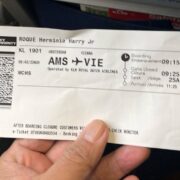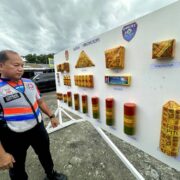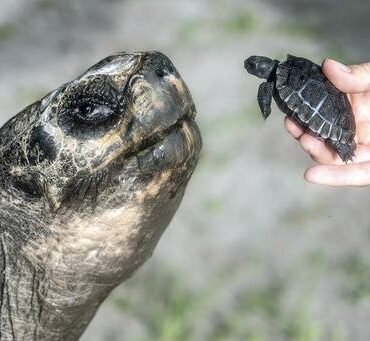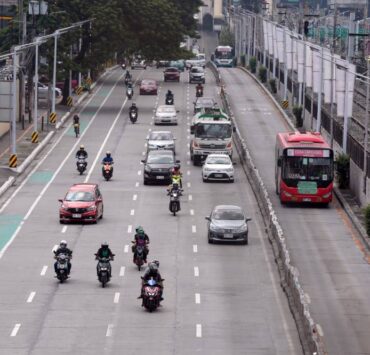PH, Japan hold joint drills after RAA
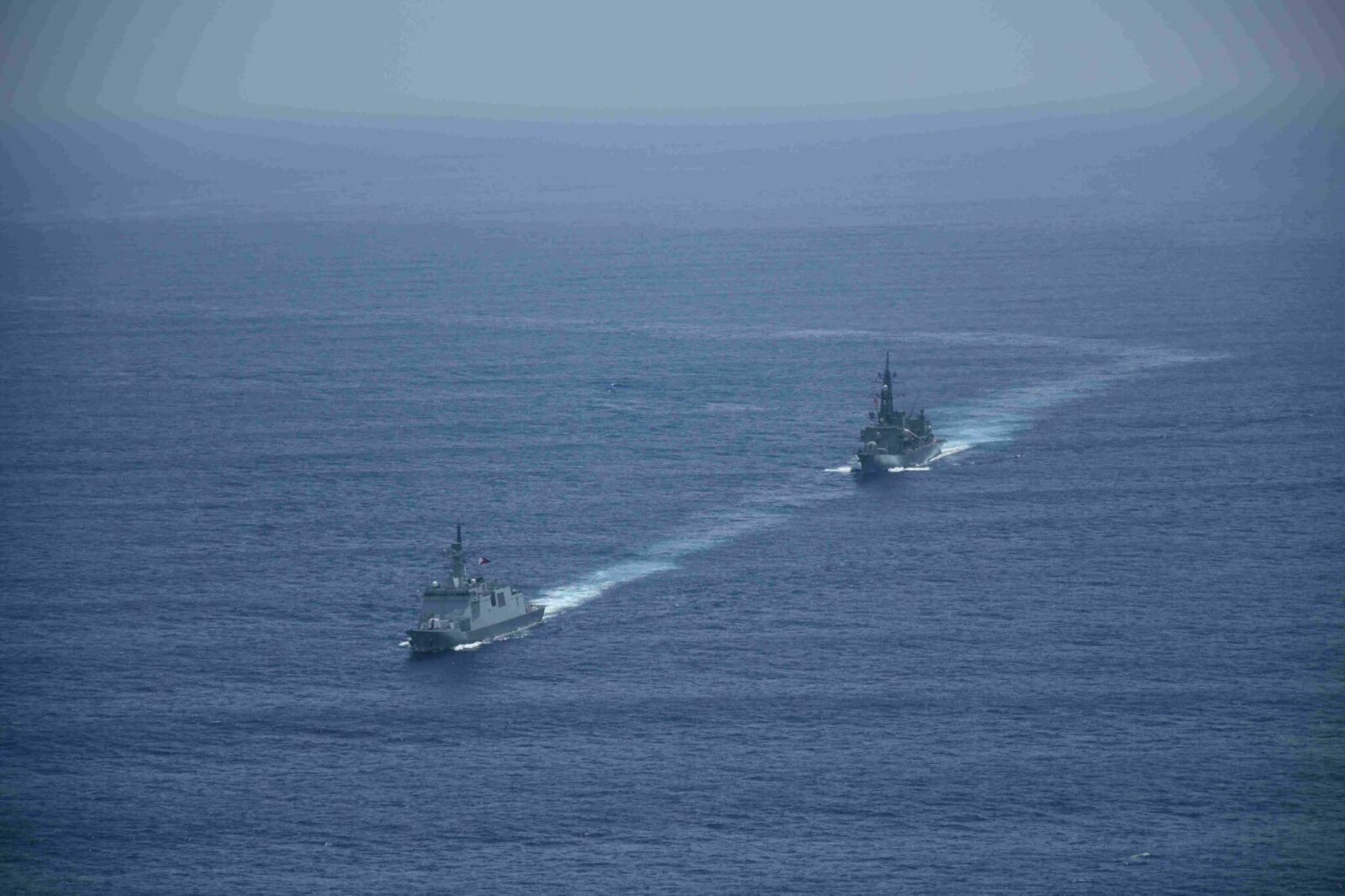
The Philippines and Japan conducted joint maritime exercises in the West Philippine Sea over the weekend, marking one of their first major joint activities after Japan’s Diet ratified early this month the reciprocal access agreement (RAA) between the two countries.
At about the same time, China’s military held joint sea and air patrols in the South China Sea, according to Tian Junli, a spokesperson for the Southern Theater Command of the People’s Liberation Army-Navy.
The drills with Japan, called “maritime cooperative activity (MCA),” were held on Saturday within the Philippines’ exclusive economic zone (EEZ) and involved the Philippine Navy’s newest frigate BRP Miguel Malvar (FFG-06) and guided-missile destroyer JS Takanami (DD-110) of the Japan Maritime Self-Defense Force (JMSDF).
“More than a maritime drill, the MCA underscored the operationalization of the RAA—an accord that lays the groundwork for increased joint training, humanitarian assistance, and disaster response initiatives between the AFP and JMSDF,” the Armed Forces of the Philippines said.
Stronger ties
The drills featured antisubmarine warfare exercises, cross-deck exercises, communication check exercise, division tactics and officer of the watch maneuvers, photo exercises, and a finish exercise.
Also joining the drills were the AgustaWestland 159 antisubmarine helicopter, C-208 ISR aircraft of the Philippine Air Force, search and rescue units, and Japan’s SH-60K Seahawk.
A video from the AFP showed the popular Japanese anime “Gundam” playing in the background as sailors from the BRP Miguel Malvar manned the rails while sailing with JS Takanami nearby.
“With the RAA now in effect, our coordination with Japan will only grow stronger and more responsive to the complex demands of our shared security environment,” AFP chief Gen. Romeo Brawner Jr. was quoted as saying.
The West Philippine Sea is Manila’s EEZ in the South China Sea, which China claims almost entirely.
Tokyo and Beijing have also repeatedly faced off around uninhabited Japanese-administered islands that Tokyo calls the Senkaku and Beijing calls the Diaoyu.
Tokyo’s security cooperation with Manila is expected to get a boost in the coming years following Japan’s ratification of the RAA, which the Philippine Senate approved in December last year.
China’s criticism
Tian, meanwhile, criticized the Philippines for courting countries outside the region to organize “joint patrols” and “raised security risks” in the region.
“The theater command forces remain on high alert, resolutely safeguarding China’s national sovereignty and maritime rights,” he said in a statement on Sunday.
He added that “all military activities that seek to stir up trouble in the South China Sea or create flashpoints are fully under control.”
The Philippine Embassy in Beijing did not immediately respond to an emailed request for comment.
The Philippines and the United States conducted joint maritime drills in the South China Sea for a seventh time earlier this month.
Tensions continue to run high between China and the Philippines over territorial disputes in the South China Sea, a conduit for more than $3 trillion of annual ship-borne commerce. —WITH A REPORT FROM REUTERS







